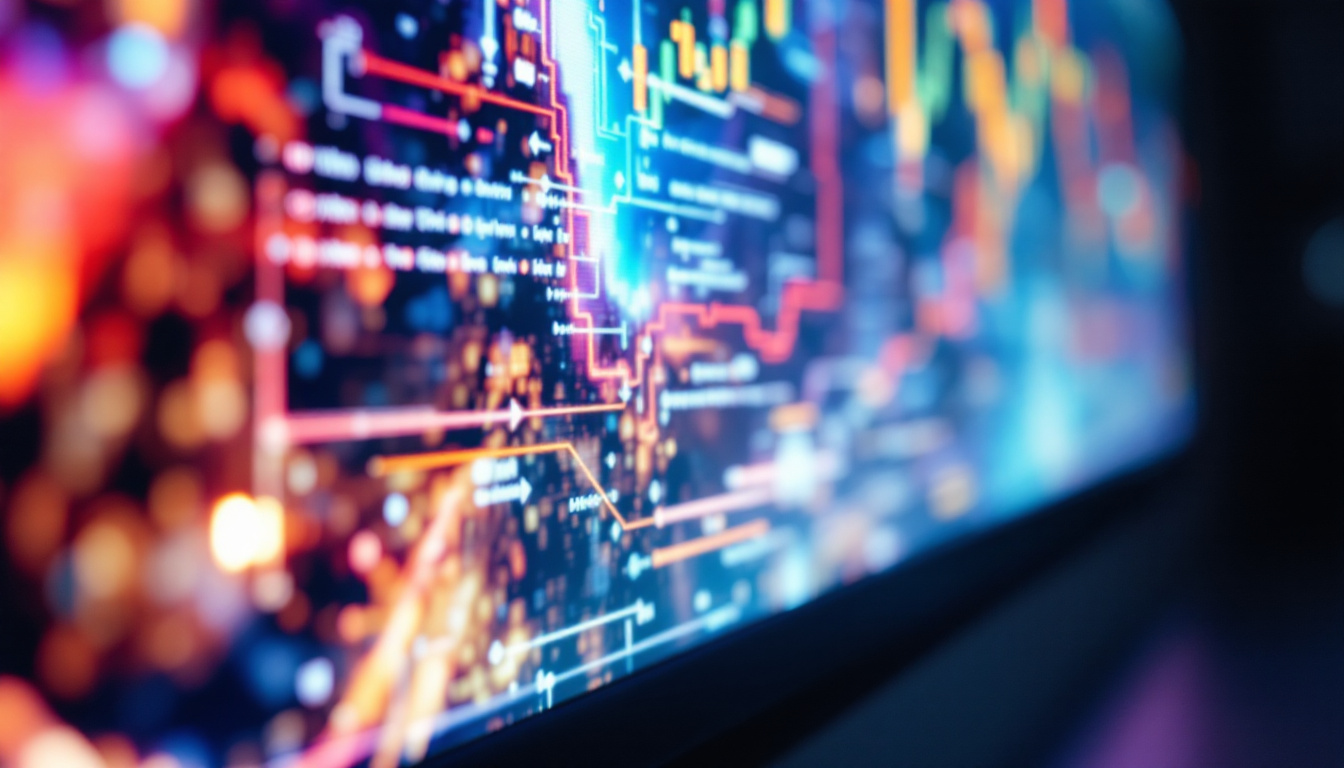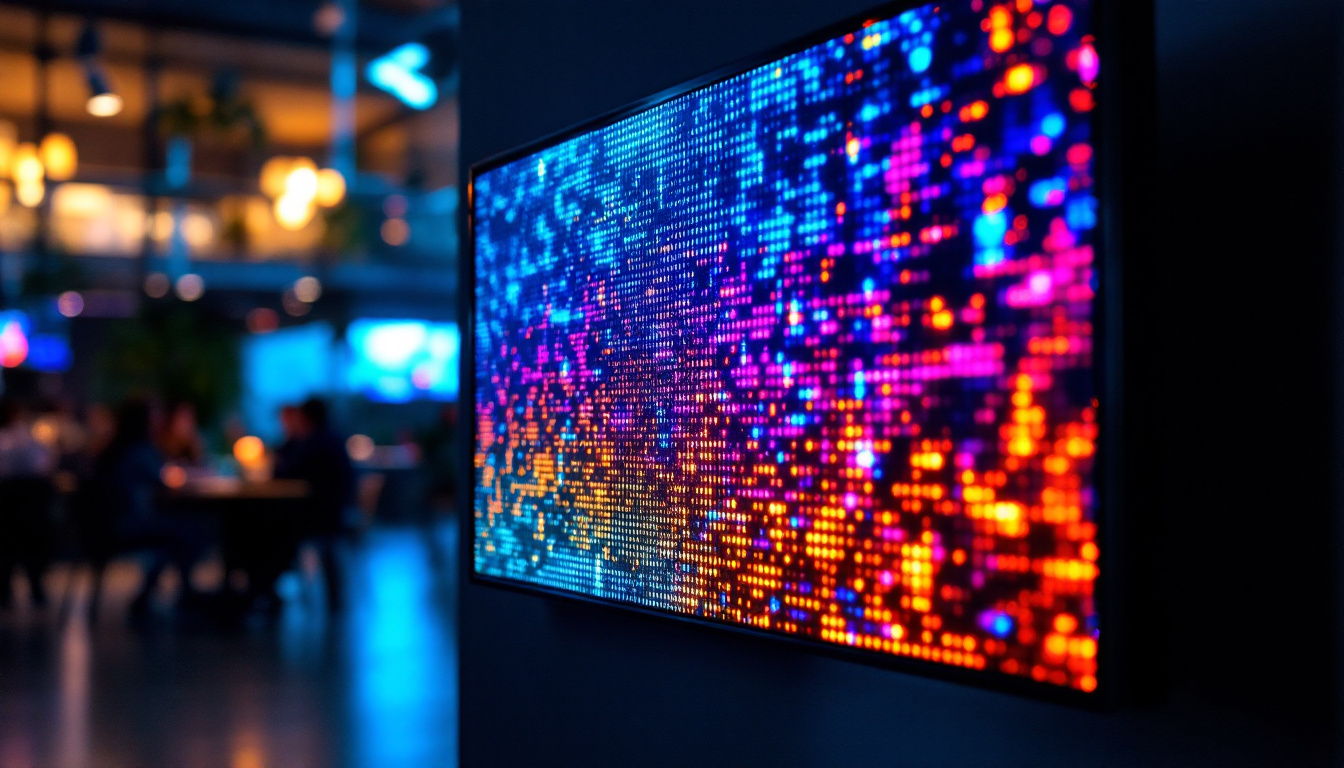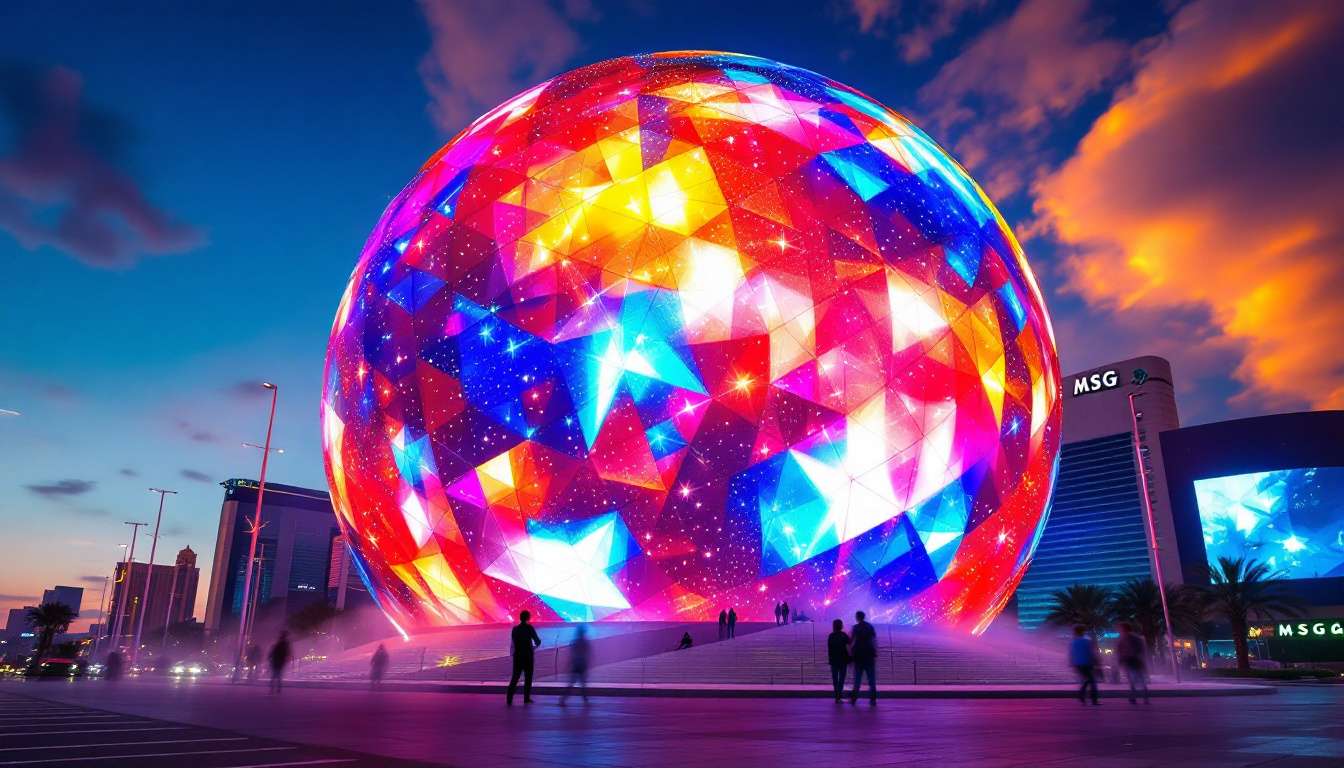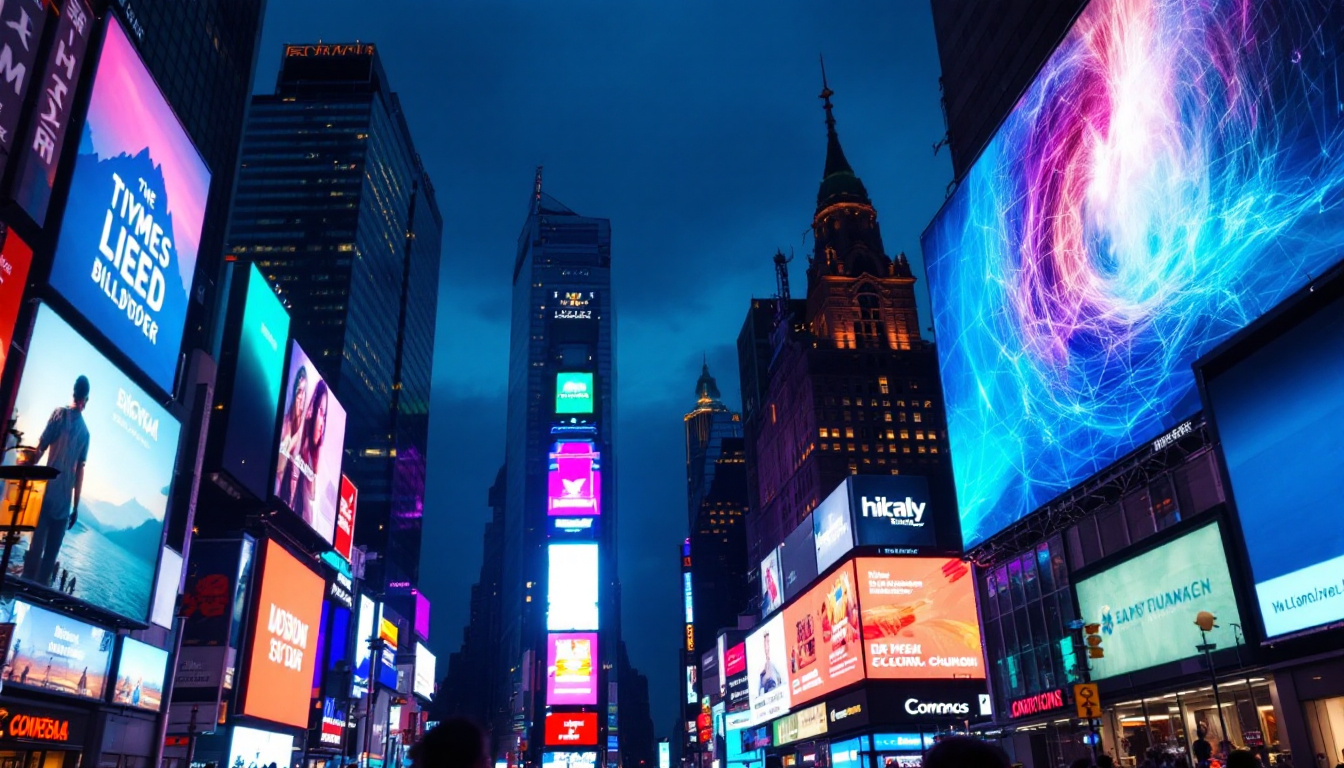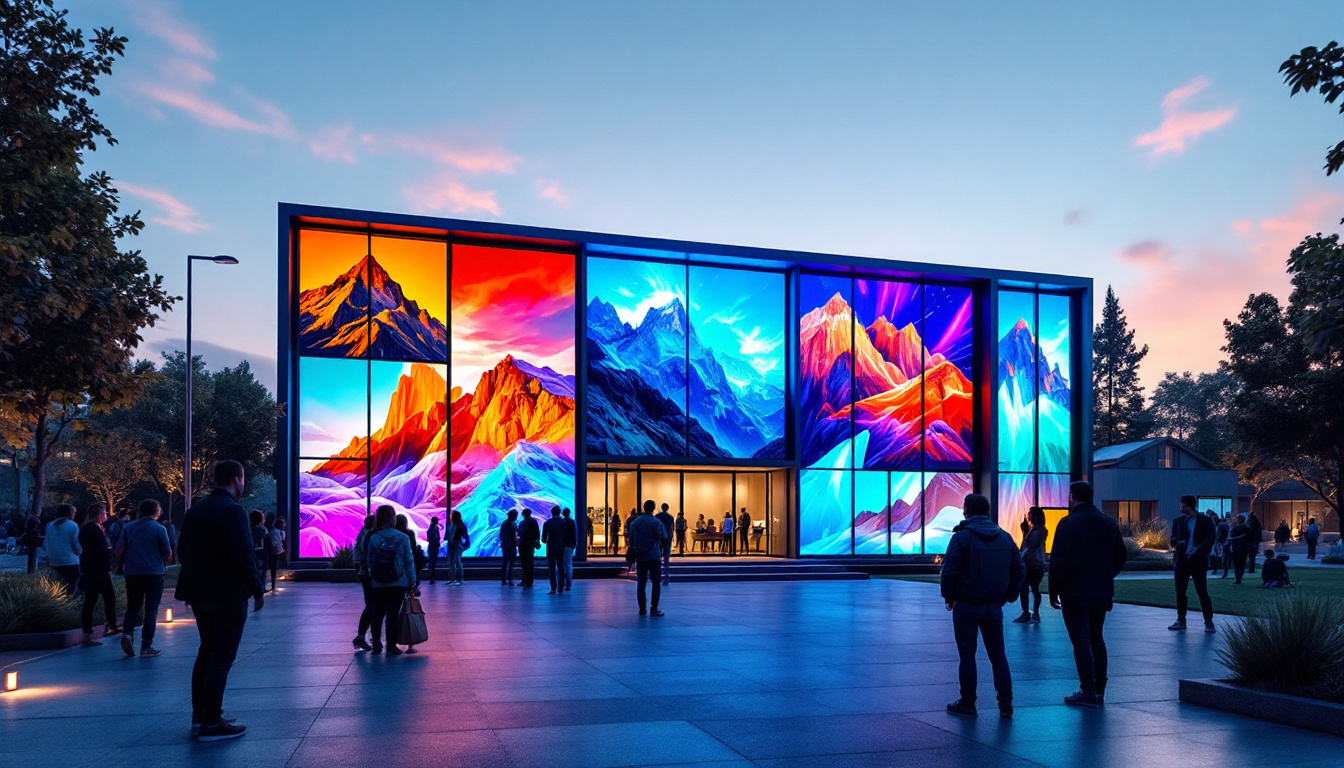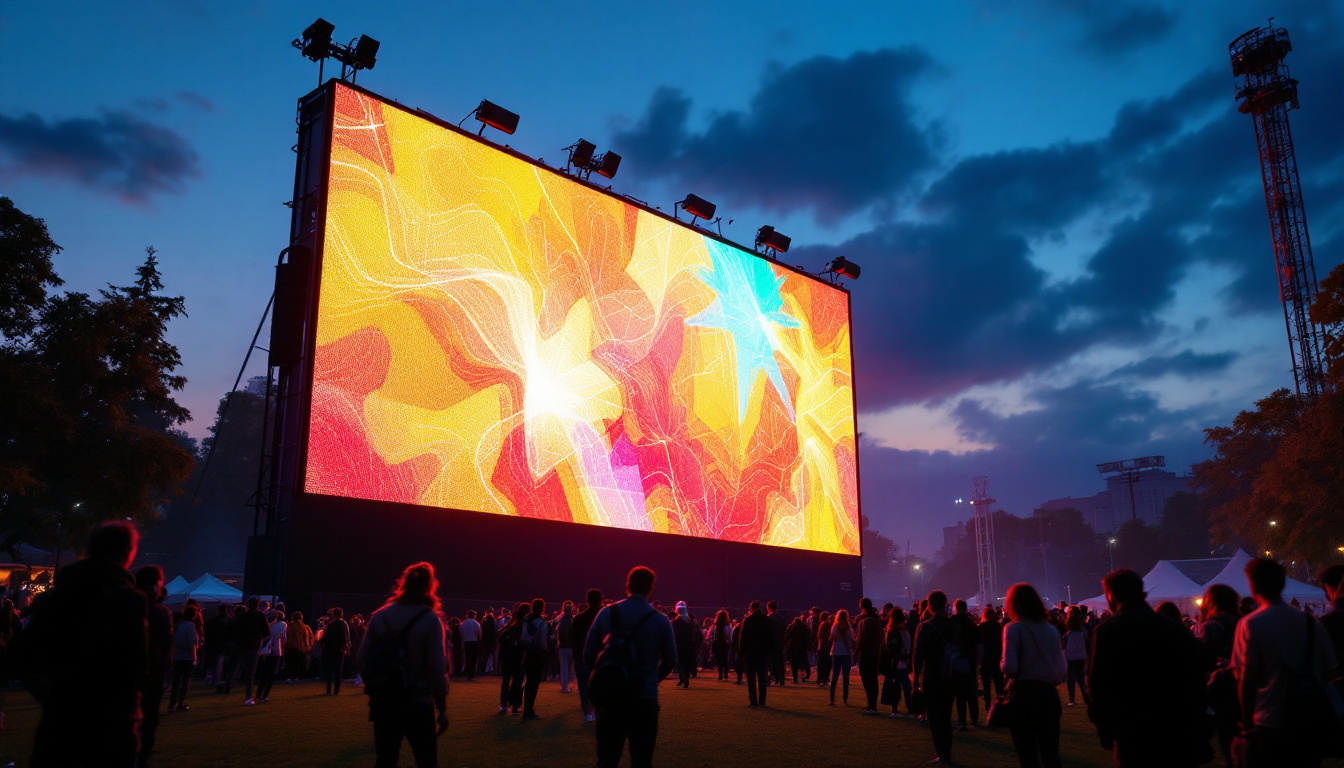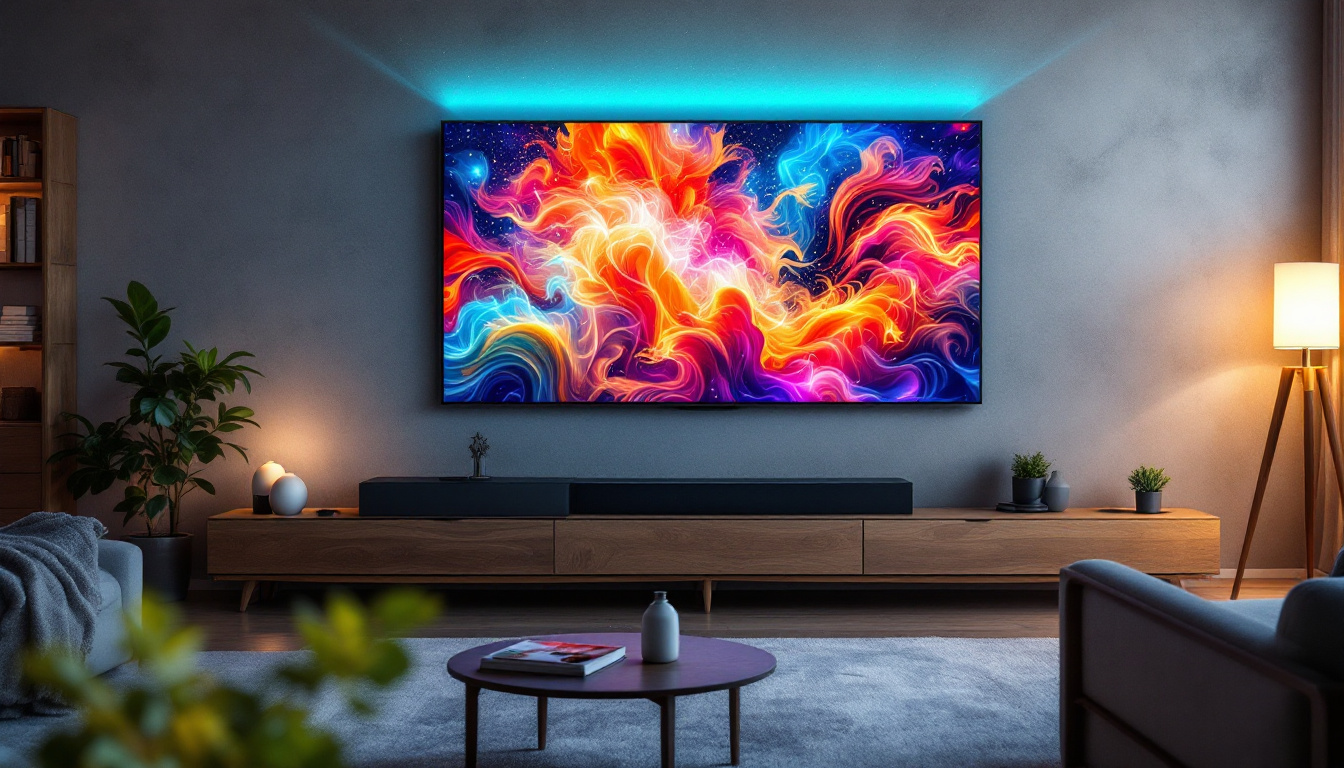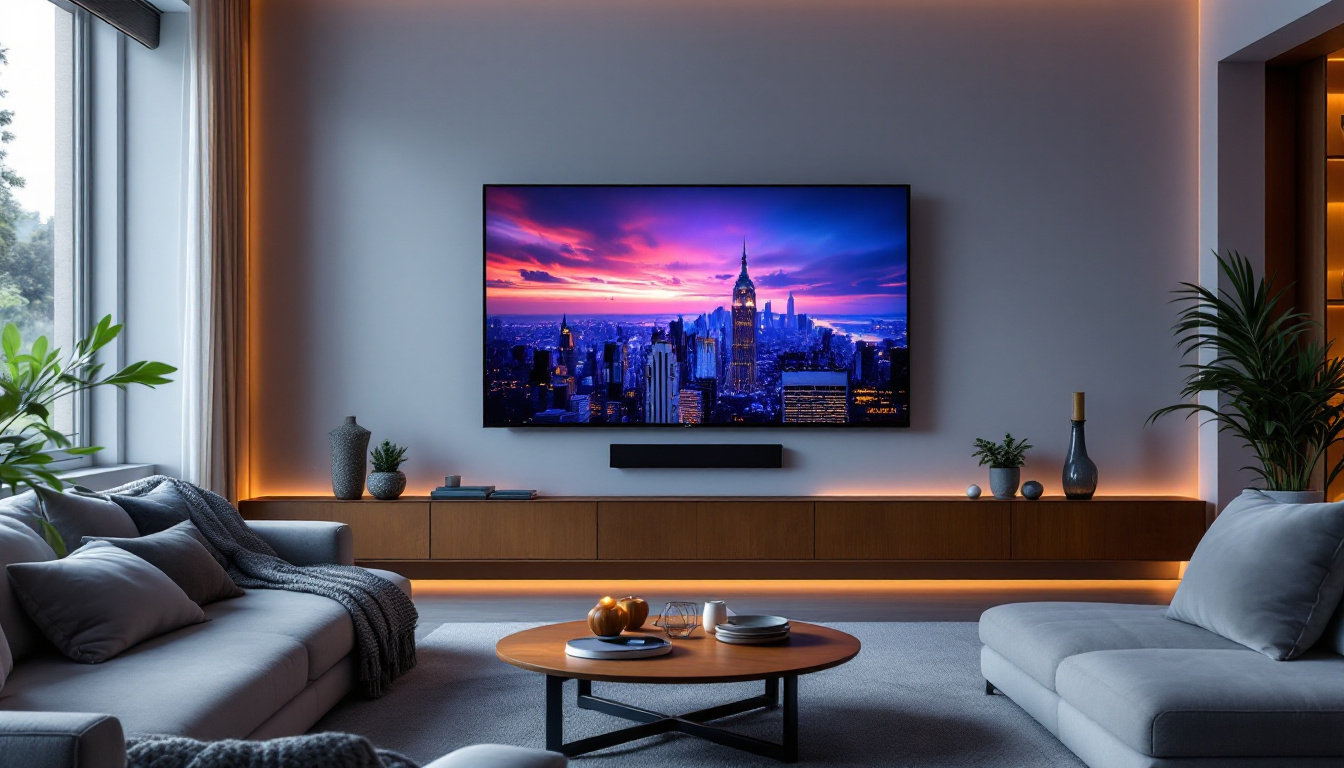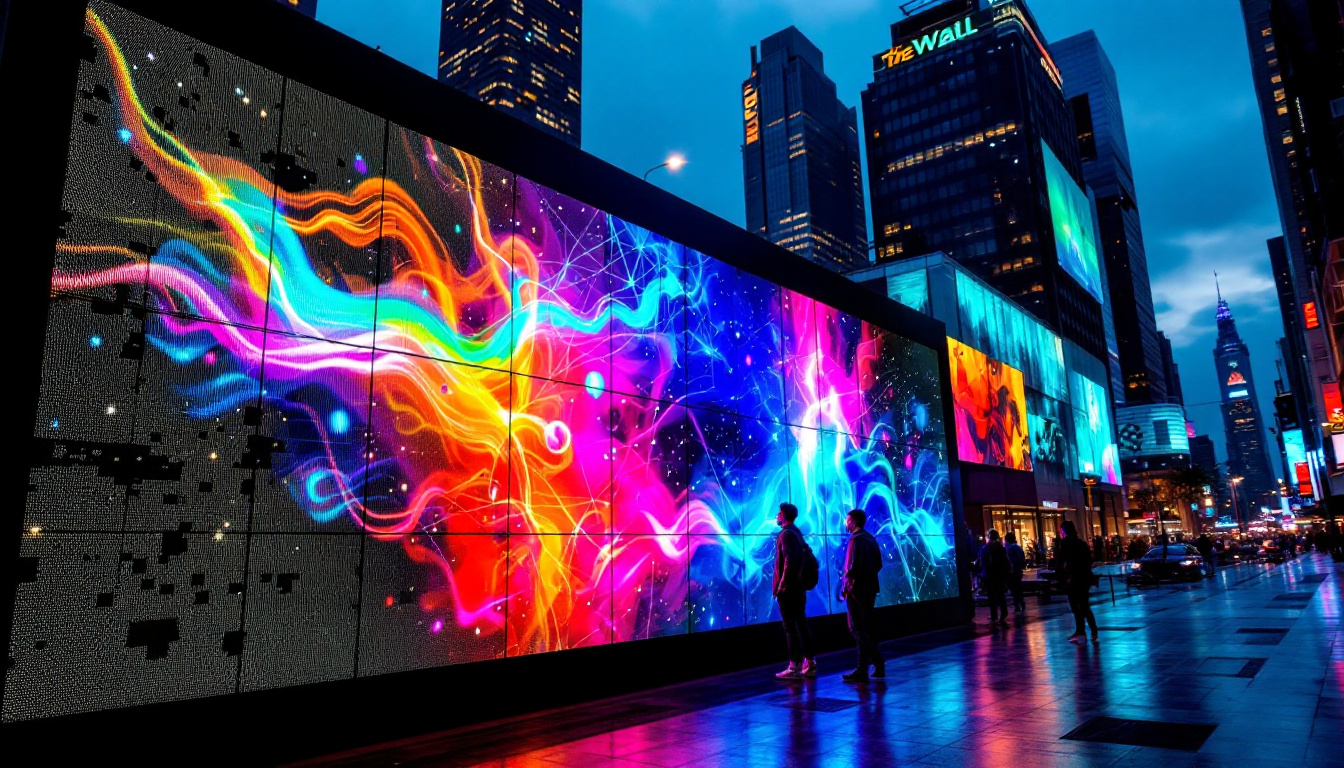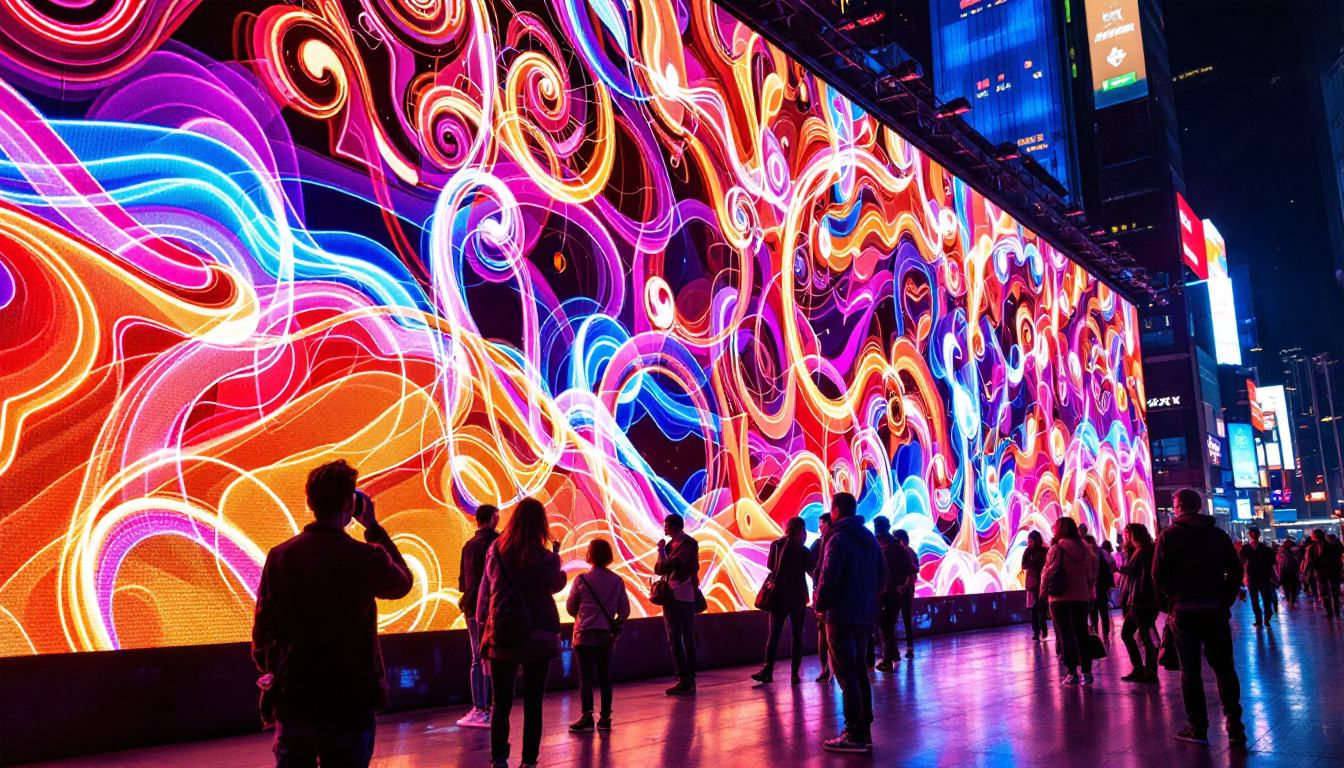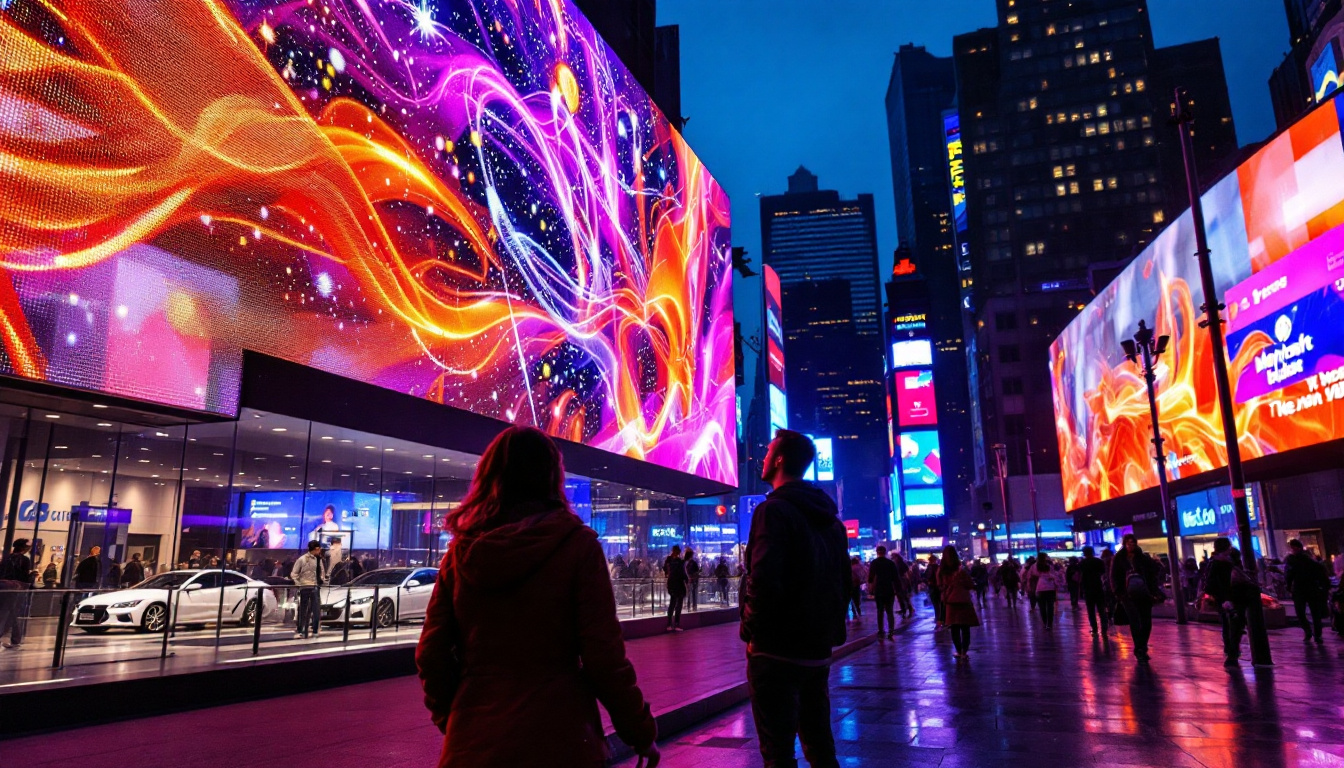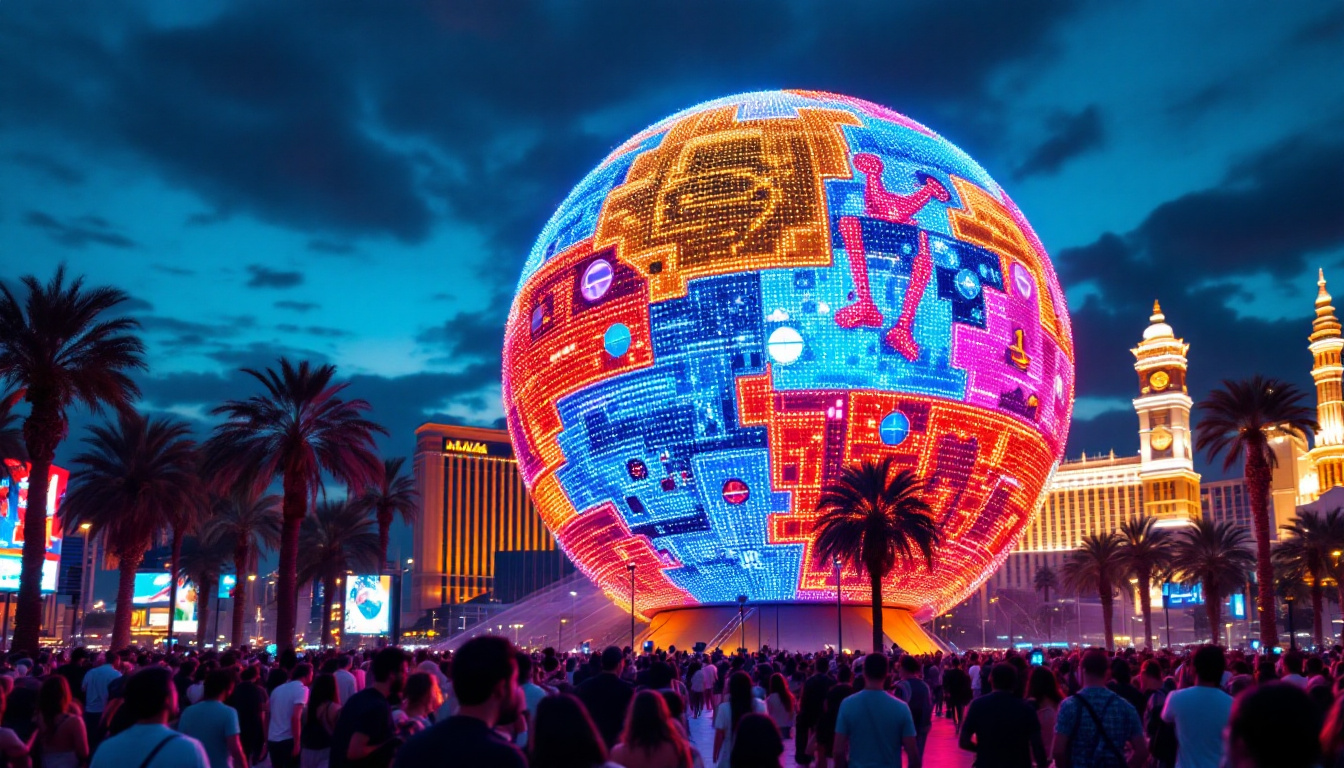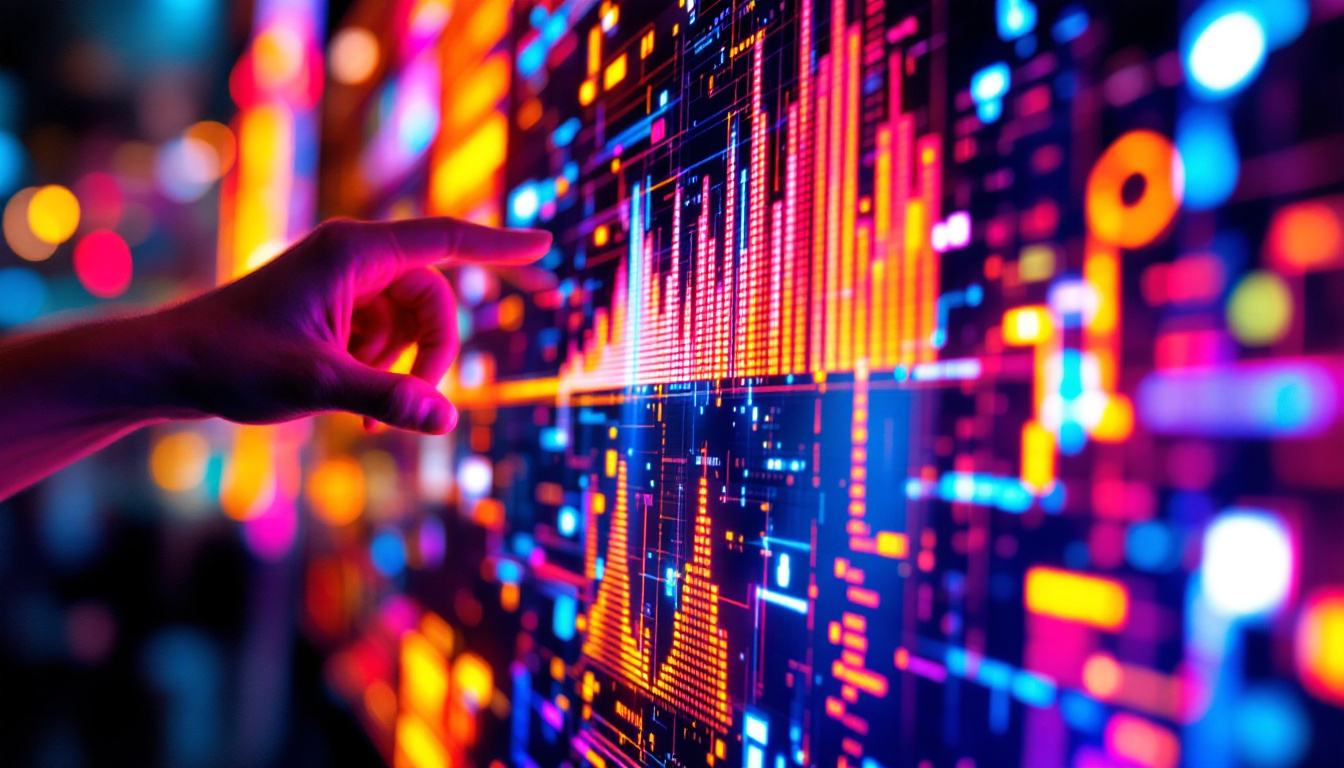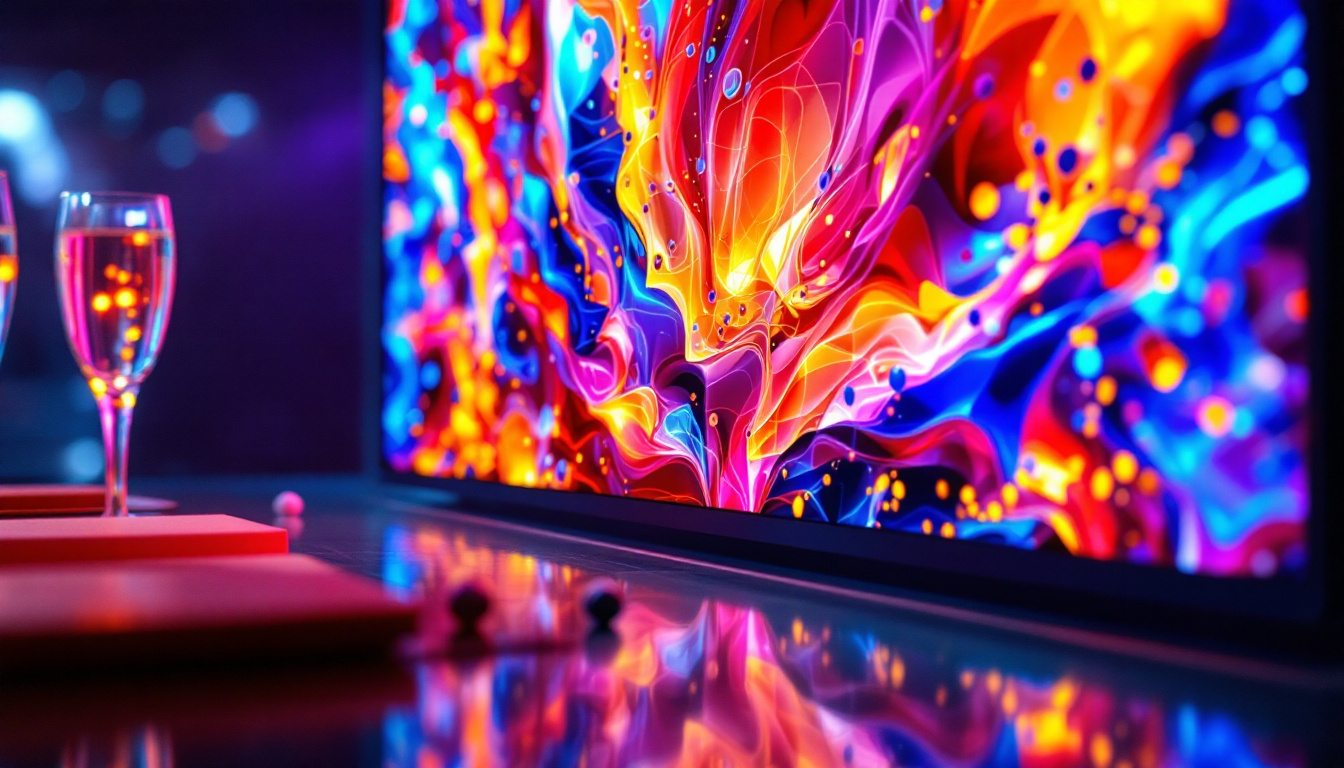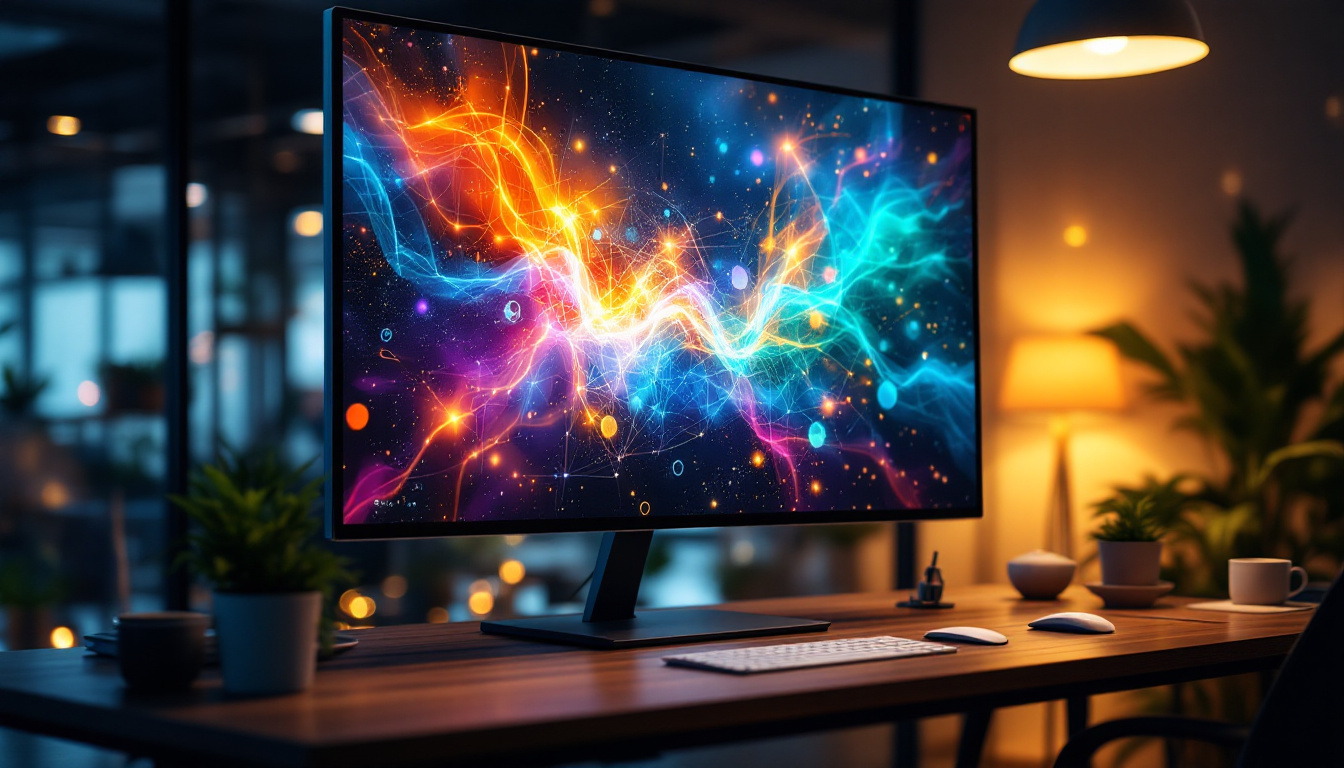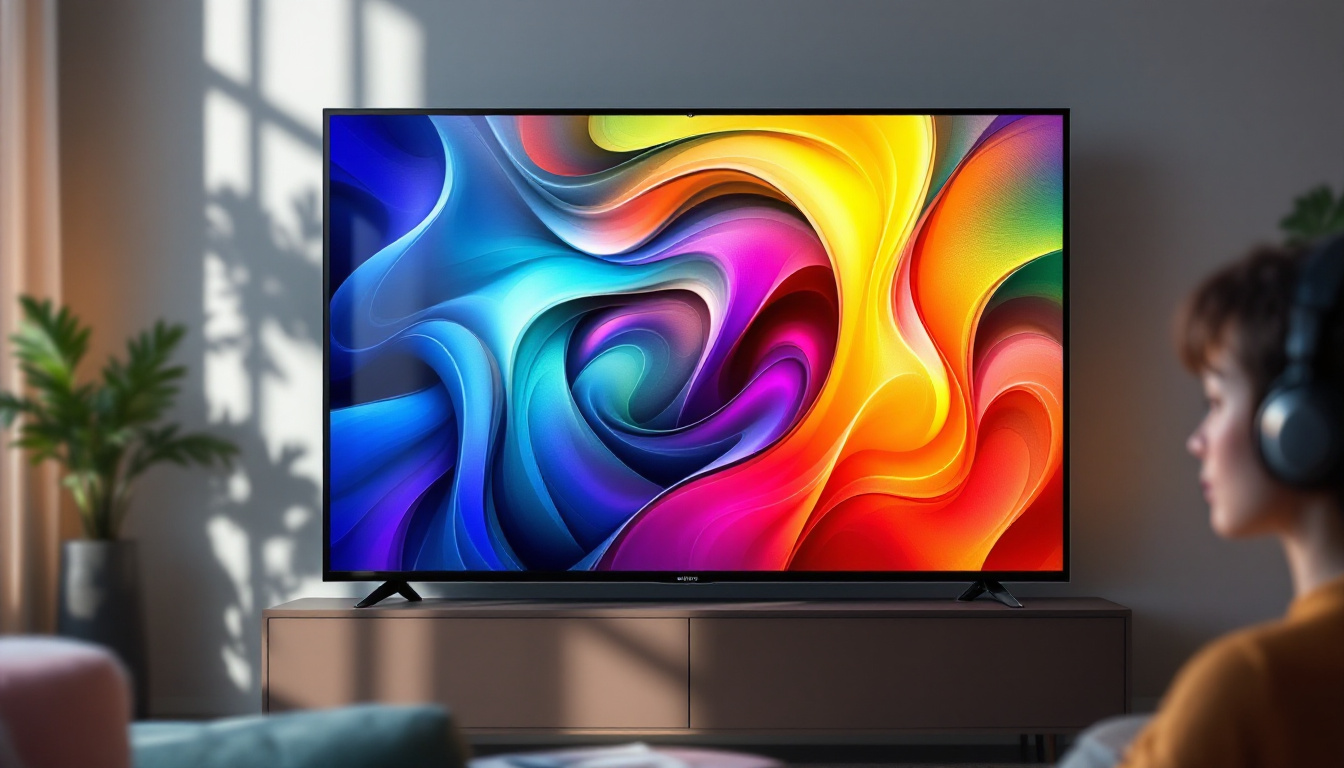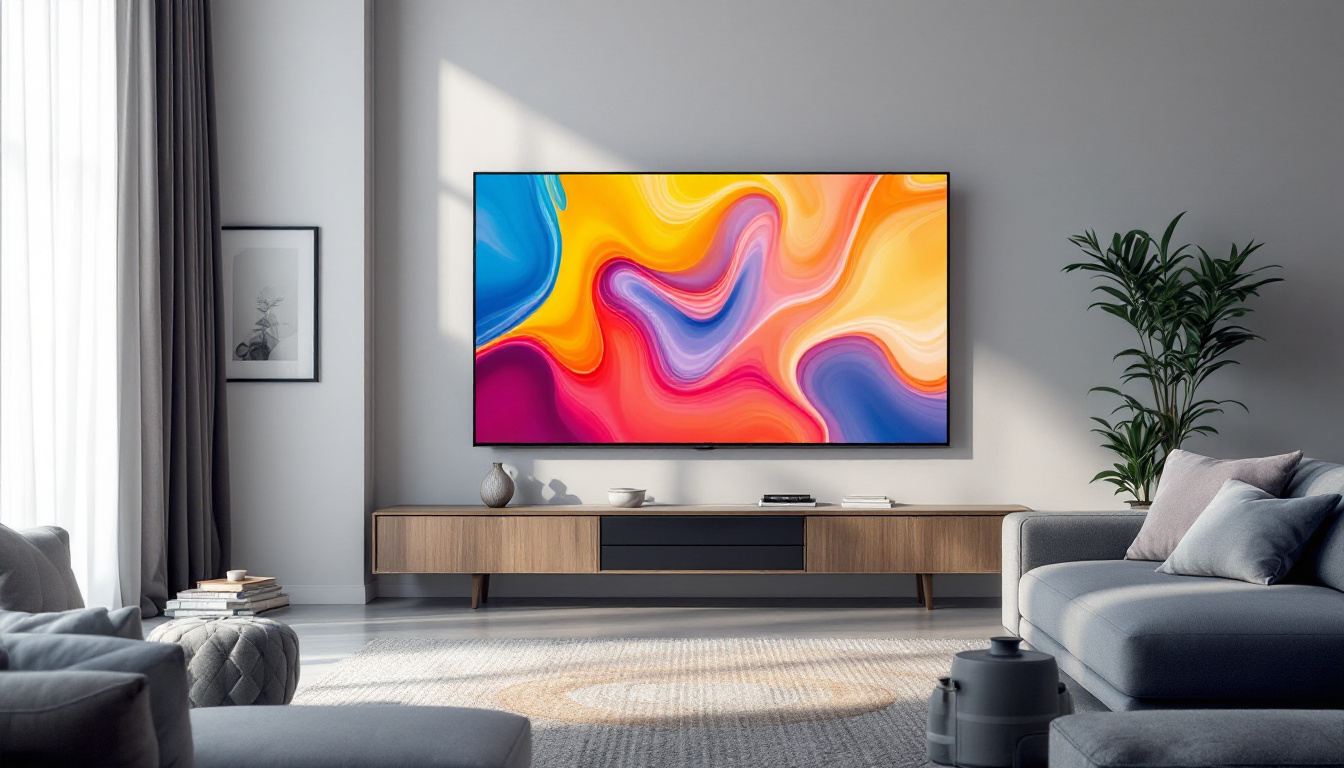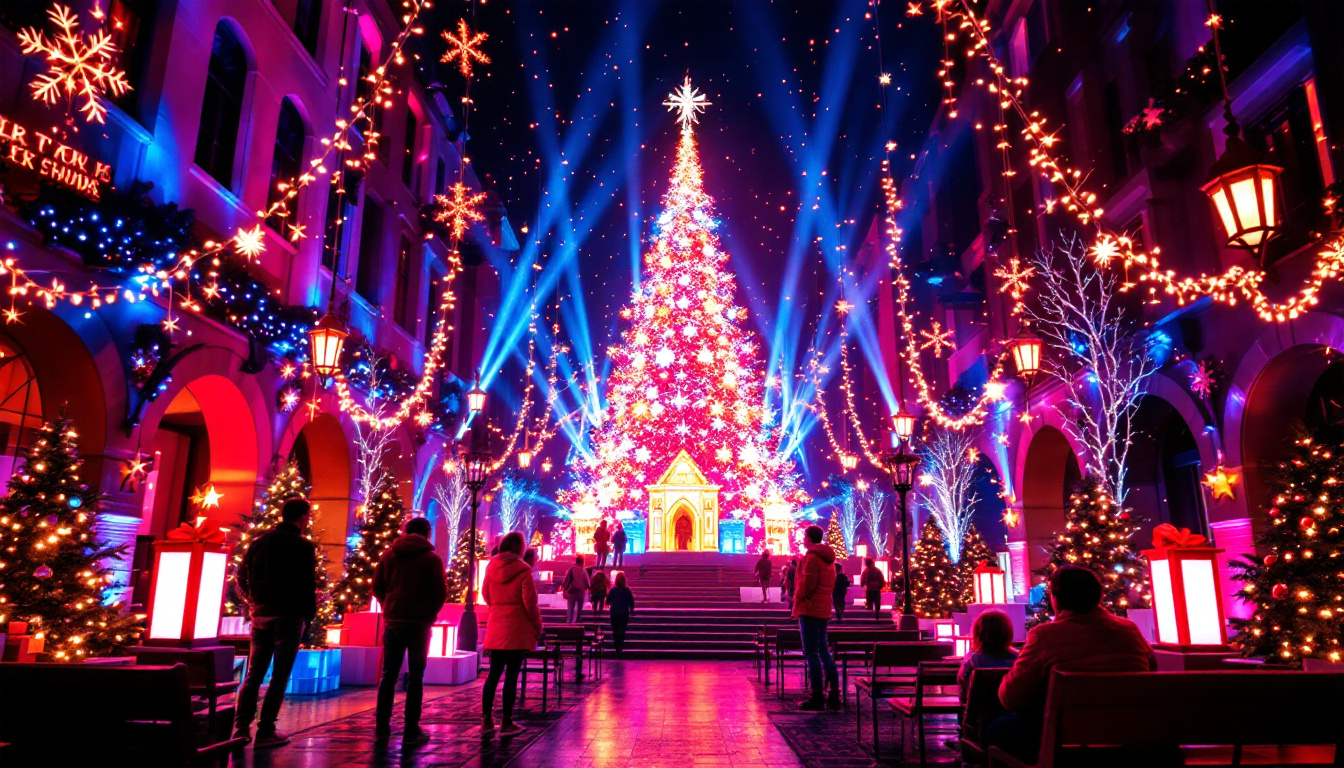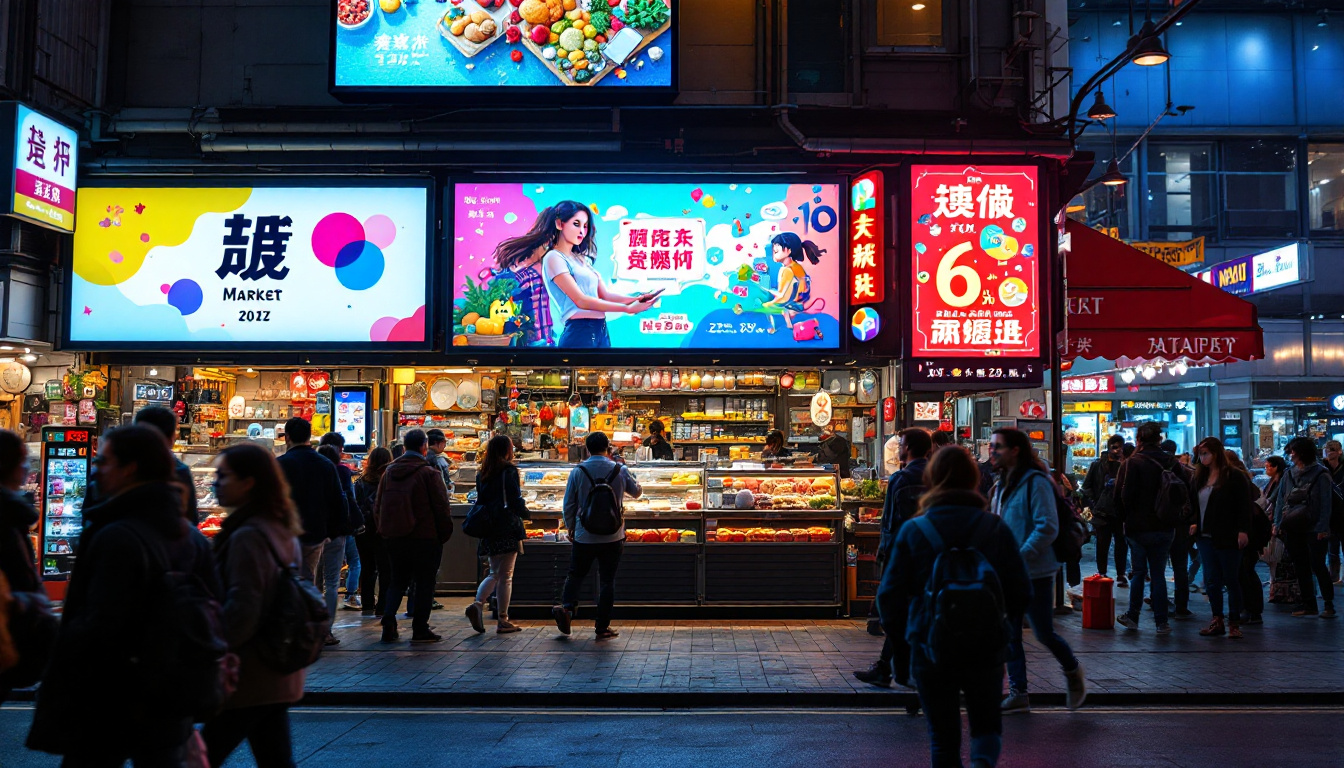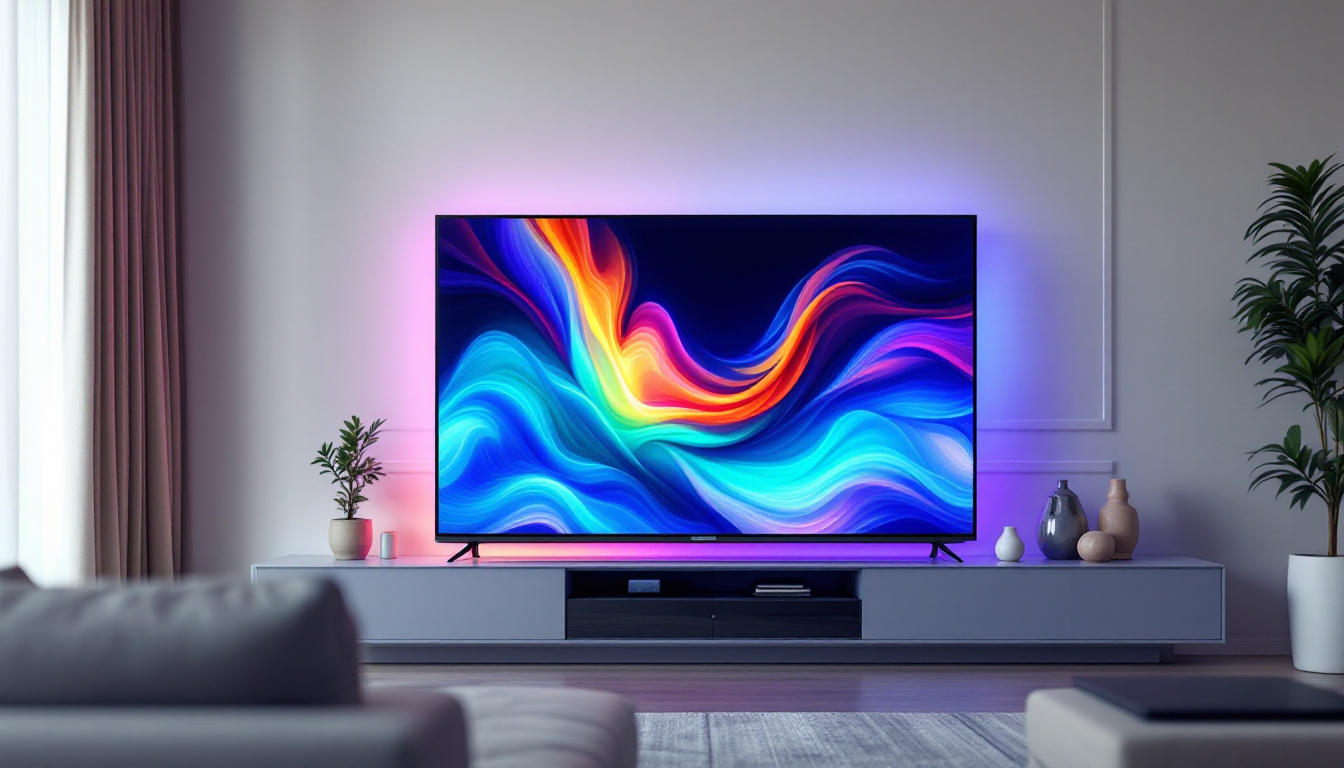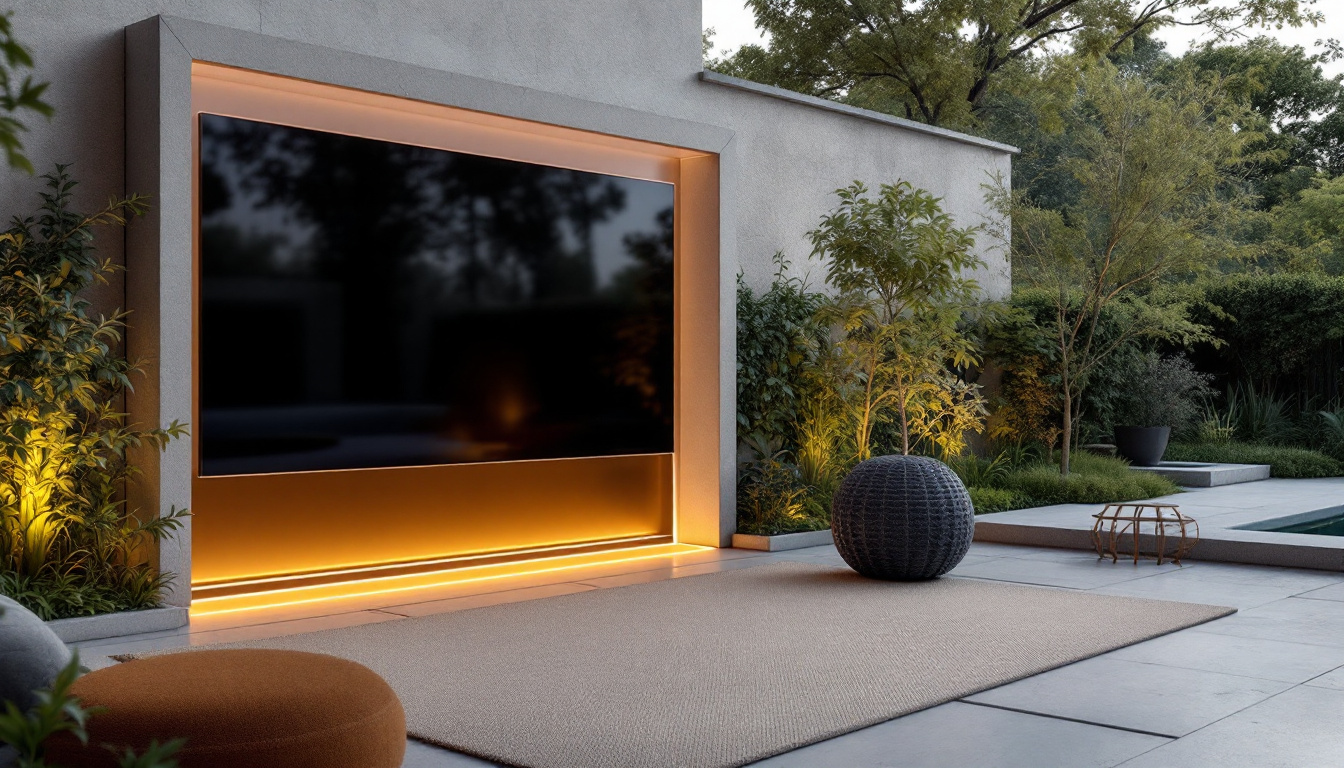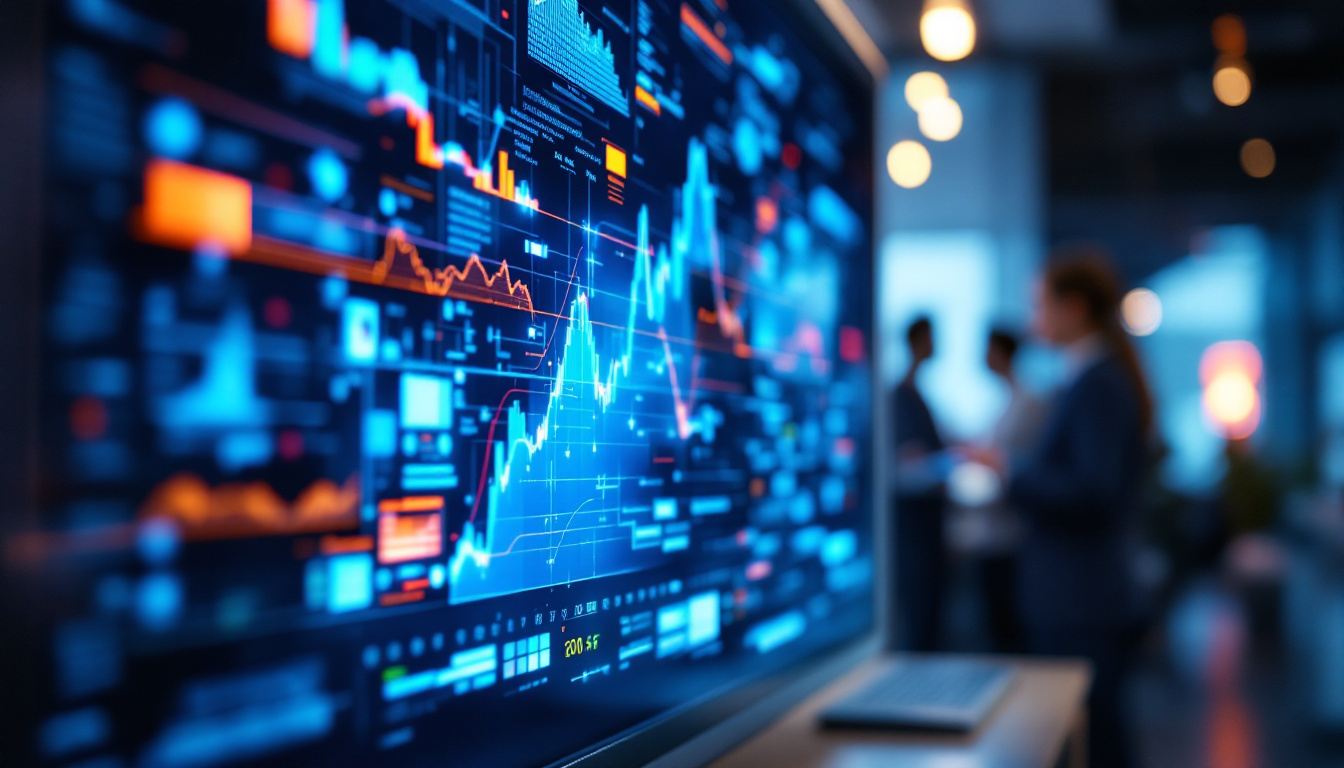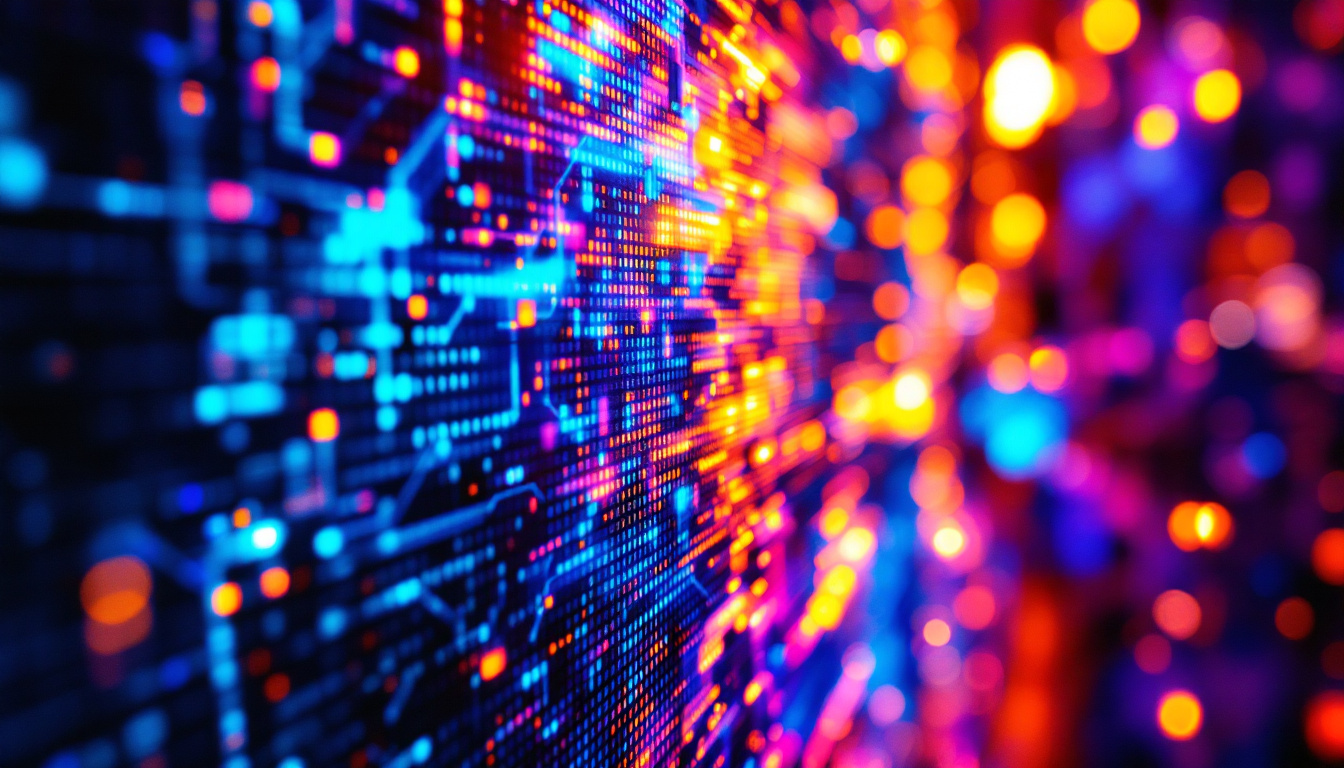In today’s fast-paced digital landscape, tracking tools have become essential for businesses seeking to optimize their operations and enhance customer engagement. One of the most effective and visually appealing methods of displaying real-time data is through LED displays. This article delves into the intricacies of LED displays, exploring their functionality, benefits, and applications in various sectors.
Understanding LED Displays
LED (Light Emitting Diode) displays are a type of flat panel display technology that utilizes LEDs as pixels for video and image display. These displays are known for their brightness, energy efficiency, and versatility, making them a popular choice for various applications, from advertising to information dissemination. With the rapid advancement in technology, LED displays have become more accessible, allowing businesses and individuals to harness their benefits in everyday life.
How LED Displays Work
At the core of an LED display are tiny semiconductor devices that emit light when an electric current passes through them. The combination of red, green, and blue LEDs creates a full spectrum of colors, allowing for vibrant and dynamic visuals. The arrangement of these LEDs can vary, with options ranging from single-color displays to full-color screens capable of showing high-definition images and videos. The precision in color mixing and brightness control enables LED displays to produce stunning visuals that can captivate audiences in any setting.
The technology behind LED displays has evolved significantly over the years. Modern displays can be categorized into two main types: direct view and backlit. Direct view displays consist of individual LEDs that form the entire image, while backlit displays use LEDs to illuminate a liquid crystal display (LCD) panel. This innovation has led to improvements in contrast ratios and response times, making LED displays a preferred choice for applications requiring quick refresh rates, such as gaming and live broadcasting.
Types of LED Displays
LED displays can be classified into several types based on their application and design. The most common types include:
- Outdoor LED Displays: These are designed to withstand harsh weather conditions and are often used for billboards, sports arenas, and outdoor advertising. Their high brightness levels ensure visibility even in direct sunlight, making them ideal for capturing the attention of passersby.
- Indoor LED Displays: Typically used in retail environments, conference rooms, and entertainment venues, indoor displays are optimized for close viewing distances. Their ability to produce sharp images and vibrant colors enhances the customer experience, making them a valuable tool for marketing and presentations.
- Transparent LED Displays: These innovative displays allow light to pass through, making them ideal for storefronts and exhibitions where visibility is crucial. By blending digital content with the real world, transparent LED displays create an engaging experience that attracts customers while maintaining the aesthetic appeal of the environment.
In addition to these common types, there are also specialized LED displays, such as flexible LED screens that can be curved or shaped to fit unique spaces, and high-resolution LED walls that are often used in large venues for concerts and events. The versatility of LED technology continues to inspire creativity in design and application, paving the way for new possibilities in visual communication.
Benefits of LED Displays
LED displays offer numerous advantages that make them a preferred choice for businesses and organizations. Understanding these benefits can help in making informed decisions when considering display options.
Energy Efficiency
One of the most significant advantages of LED displays is their energy efficiency. Compared to traditional display technologies, such as LCD and CRT, LED displays consume less power, leading to reduced energy costs. This efficiency not only benefits the environment but also allows businesses to allocate resources more effectively. Additionally, the lower energy consumption of LED displays contributes to a smaller carbon footprint, making them an environmentally friendly choice for companies looking to enhance their sustainability efforts.
High Brightness and Visibility
LED displays are known for their exceptional brightness, which makes them visible even in direct sunlight. This characteristic is particularly advantageous for outdoor advertising, where visibility is crucial for capturing the attention of passersby. The high contrast ratio of LED displays also enhances image clarity, ensuring that content is easily readable from various distances. Furthermore, the ability to adjust brightness levels dynamically allows LED displays to maintain optimal visibility in varying lighting conditions, ensuring that messages are always communicated effectively, whether it’s day or night.
Longevity and Durability
Durability is another key benefit of LED displays. Unlike traditional displays that may suffer from burn-in or screen damage, LED displays are designed to last longer and withstand harsh environmental conditions. This longevity translates to lower maintenance costs and a better return on investment for businesses. Moreover, LED technology is less susceptible to shock and vibration, making these displays ideal for high-traffic areas and outdoor settings where they may be exposed to the elements. This resilience not only enhances their lifespan but also ensures that businesses can rely on their displays to perform consistently over time, minimizing downtime and maximizing operational efficiency.
Versatility in Applications
LED displays are incredibly versatile and can be used in a wide range of applications, from digital signage and billboards to indoor presentations and event displays. Their modular design allows for easy customization in size and shape, enabling businesses to create unique visual experiences tailored to their specific needs. This adaptability makes LED displays suitable for various industries, including retail, entertainment, transportation, and corporate environments. Additionally, with advancements in technology, features such as touch interactivity and integration with IoT devices are becoming increasingly common, further expanding the potential uses of LED displays in engaging audiences and enhancing communication strategies.
Applications of LED Displays
The versatility of LED displays allows them to be used in a wide range of applications across different sectors. From advertising to transportation, their impact is evident in various aspects of daily life.
Advertising and Marketing
In the realm of advertising, LED displays have revolutionized how brands communicate with consumers. Digital billboards and signage allow for dynamic content updates, enabling businesses to promote special offers, events, or new products in real-time. This flexibility enhances customer engagement and can significantly increase foot traffic to retail locations.
Transportation and Wayfinding
LED displays play a crucial role in transportation systems, providing real-time information to commuters. From displaying train and bus schedules to providing updates on delays or emergencies, these displays enhance the overall travel experience. Additionally, LED wayfinding signs in airports and shopping malls guide visitors efficiently, improving navigation and reducing congestion.
Entertainment and Events
In the entertainment industry, LED displays are a staple at concerts, sporting events, and festivals. Massive LED screens enhance the audience experience by providing close-up views of performances and displaying engaging visuals. The ability to synchronize content with music or live action adds an immersive element that captivates audiences.
Choosing the Right LED Display
When selecting an LED display, several factors should be considered to ensure it meets the specific needs of a business or organization. Understanding these factors can help in making an informed choice.
Resolution and Pixel Pitch
Resolution is a critical factor in determining the quality of an LED display. Higher resolution displays offer clearer images and sharper text, which is particularly important for applications where viewers will be close to the screen. Pixel pitch, the distance between the centers of two adjacent pixels, also plays a significant role in display clarity. A smaller pixel pitch results in higher resolution and better image quality.
Size and Configuration
The size of the LED display should be chosen based on the viewing distance and the intended application. Larger displays are ideal for outdoor advertising, while smaller displays may suffice for indoor environments. Additionally, the configuration of the display, whether it is a single unit or a modular system, can impact installation and maintenance.
Cost and Budget Considerations
Cost is often a significant factor in the decision-making process. While LED displays can be more expensive upfront compared to traditional display technologies, their long-term benefits, such as energy savings and durability, should be taken into account. Establishing a clear budget and understanding the total cost of ownership will help in selecting the right display without compromising on quality.
The Future of LED Displays
The future of LED display technology looks promising, with ongoing advancements poised to enhance functionality and user experience. Emerging trends and innovations are set to shape the landscape of visual communication.
Smart LED Displays
As technology continues to evolve, the integration of smart features into LED displays is becoming increasingly common. Smart displays can connect to the internet, allowing for remote content management, real-time analytics, and integration with other digital marketing tools. This connectivity enhances the ability to tailor content to specific audiences and optimize advertising strategies.
Sustainability Initiatives
With growing concerns about environmental impact, manufacturers are focusing on sustainability in LED display production. This includes using recyclable materials, reducing energy consumption, and implementing eco-friendly manufacturing processes. As consumers become more environmentally conscious, businesses that prioritize sustainability in their display choices may gain a competitive edge.
Advancements in Display Technology
Technological advancements are continually improving the performance of LED displays. Innovations such as microLED technology promise even higher resolutions and improved color accuracy, while flexible LED displays open up new possibilities for creative applications. These advancements will not only enhance the visual experience but also expand the potential uses of LED displays across various industries.
Conclusion
LED displays have transformed the way information is communicated in various sectors, offering a dynamic and engaging medium for businesses and organizations. Their energy efficiency, durability, and versatility make them an attractive option for advertising, transportation, and entertainment. As technology continues to advance, the future of LED displays looks bright, with innovations set to further enhance their capabilities and applications.
Investing in the right LED display can yield significant benefits, including increased visibility, improved customer engagement, and a strong return on investment. By understanding the various types, benefits, and considerations involved in selecting an LED display, businesses can make informed decisions that align with their goals and objectives.
Discover LumenMatrix LED Display Solutions
Ready to elevate your visual communication and engage your audience like never before? Explore LumenMatrix’s comprehensive range of LED display solutions, from Indoor and Outdoor LED Wall Displays to innovative options like Vehicle LED Displays, LED Posters, and Transparent Displays. Whether you’re looking to captivate customers, enhance your brand visibility, or create immersive experiences, LumenMatrix is your partner in revolutionizing your digital signage. Check out LumenMatrix LED Display Solutions today and see how our cutting-edge technology can transform your message into a visual masterpiece.


